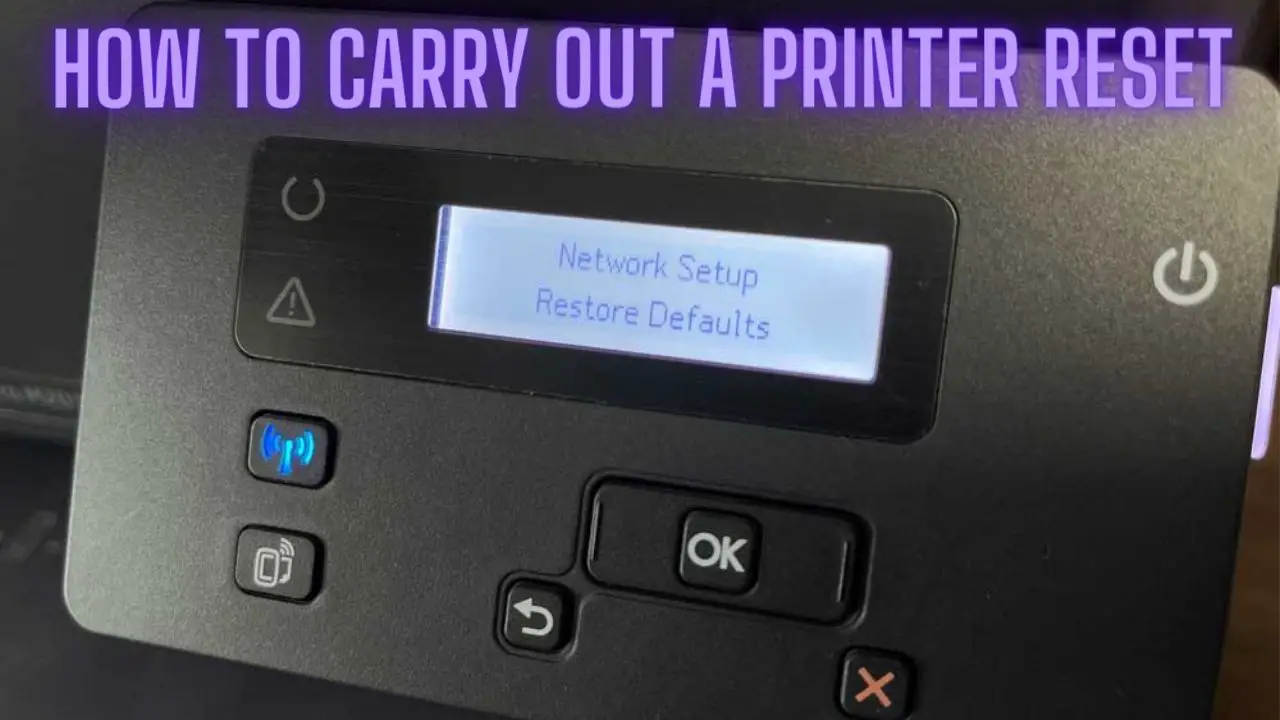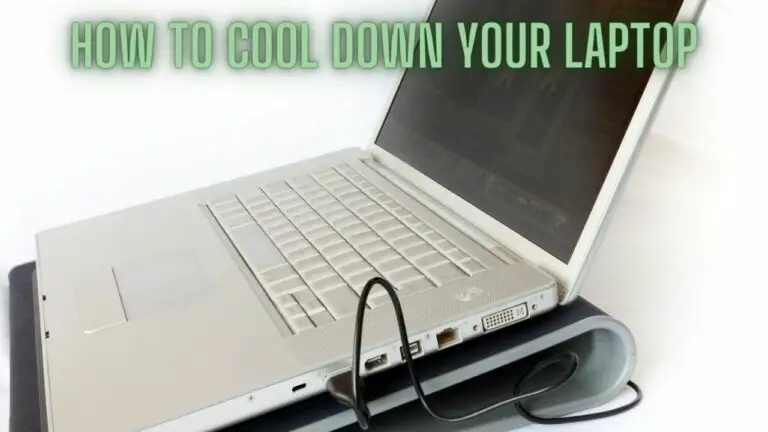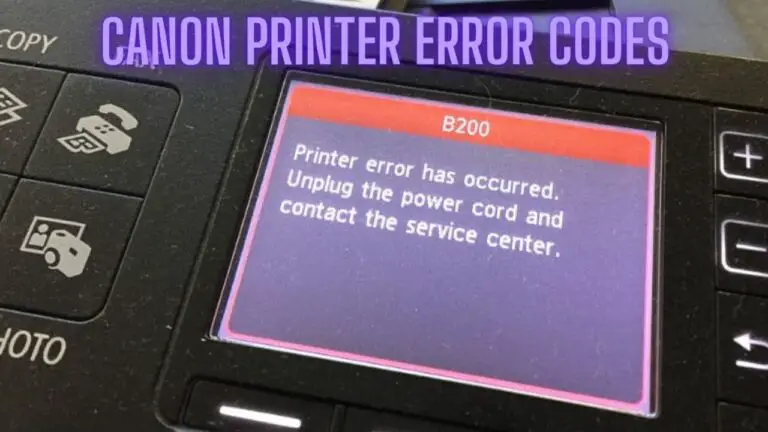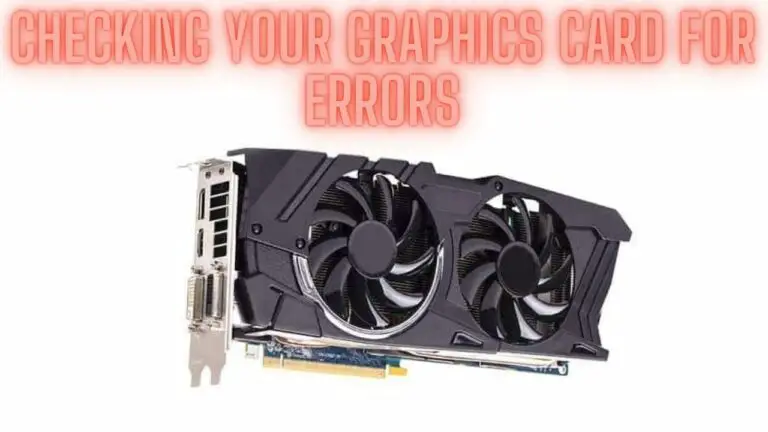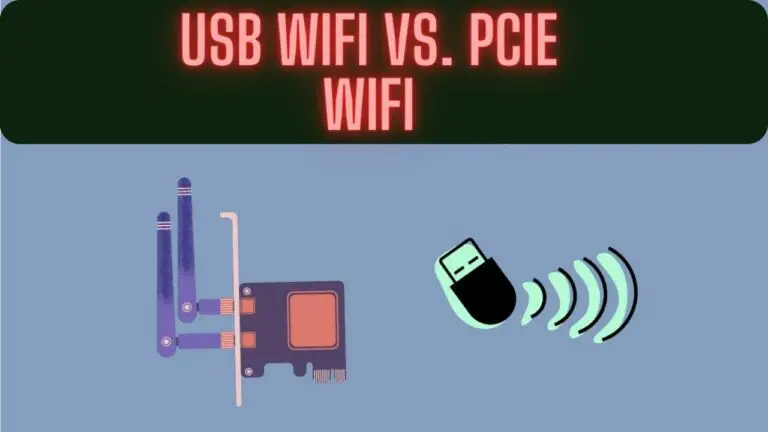How to Carry Out a Printer Reset: A Step-by-Step Guide
Introduction
Resetting a printer can help resolve various issues, such as printer errors, connectivity problems, and performance issues. Whether you’re experiencing printing errors or simply want to restore your printer to its default settings, knowing how to carry out a printer reset is essential. In this guide, we’ll explore the different types of printer resets, reasons for performing a reset, and step-by-step instructions for performing soft resets, hard resets, and factory resets on your printer. By understanding the reset process, you can troubleshoot printer issues effectively and ensure smooth printing operations.
Understanding Printer Resets
Printer resets are procedures used to restore a printer to a certain state, either to troubleshoot issues or to return the printer to its default settings. Several types of resets can be performed on a printer, each serving different purposes:
- Soft Reset: Also known as a “power cycle” or “reboot,” a soft reset involves turning off the printer, disconnecting it from the power source, waiting for a few seconds, and then reconnecting it and turning it back on. This type of reset is useful for resolving minor issues such as paper jams, connectivity problems, or temporary software glitches.
- Hard Reset: A hard reset involves clearing the printer’s memory and settings to restore it to its default configuration. This type of reset may be necessary if the printer is experiencing persistent issues that cannot be resolved with a soft reset. Hard resets typically involve pressing specific buttons or accessing the printer’s menu system to initiate the reset process.
- Factory Reset: A factory reset restores the printer to its original factory settings, erasing all customized settings, preferences, and stored data. This type of reset is useful if you want to completely reset the printer or if you’re planning to sell or donate it. Factory resets are usually initiated through the printer’s menu system or by pressing a combination of buttons on the control panel.
By understanding the different types of printer resets and when to use them, you can effectively troubleshoot issues and maintain optimal performance from your printer. It’s important to follow the manufacturer’s instructions carefully when performing resets to avoid causing any damage to the printer. Additionally, it’s a good practice to back up any important settings or data before performing a reset, especially before a factory reset, as it will erase all existing settings and data on the printer.
Types of Printer Resets
- Soft Reset:
- A soft reset, also known as a power cycle or reboot, involves turning off the printer, disconnecting it from the power source, waiting for a few seconds, and then reconnecting it and turning it back on. This type of reset is useful for resolving minor issues such as paper jams, connectivity problems, or temporary software glitches.
- Hard Reset:
- A hard reset involves clearing the printer’s memory and settings to restore it to its default configuration. This type of reset may be necessary if the printer is experiencing persistent issues that cannot be resolved with a soft reset. Hard resets typically involve pressing specific buttons or accessing the printer’s menu system to initiate the reset process.
- Factory Reset:
- A factory reset restores the printer to its original factory settings, erasing all customized settings, preferences, and stored data. This type of reset is useful if you want to completely reset the printer or if you’re planning to sell or donate it. Factory resets are usually initiated through the printer’s menu system or by pressing a combination of buttons on the control panel.
Each type of reset serves a different purpose and may be used in different scenarios depending on the nature of the issue and the desired outcome. It’s important to follow the manufacturer’s instructions carefully when performing resets to avoid causing any damage to the printer. Additionally, it’s recommended to back up any important settings or data before performing a reset, especially before a factory reset, as it will erase all existing settings and data on the printer.
Reasons for Performing a Printer Reset
- Resolve Printing Errors: Printer resets can help troubleshoot various printing errors, such as paper jams, print quality issues, error messages, or communication errors between the printer and the computer.
- Clear Memory and Settings: Over time, a printer’s memory and settings may become corrupted or overloaded, leading to performance issues or malfunctions. Resetting the printer can clear its memory and settings, restoring it to a clean state.
- Restore Default Settings: If you’ve made changes to the printer’s settings and want to revert to its original factory settings, a printer reset can restore the default settings.
- Improve Performance: Resetting the printer can help improve its performance by clearing temporary files, freeing up memory, and resolving software glitches that may be affecting its operation.
- Address Connectivity Issues: If the printer is experiencing connectivity issues, such as difficulty connecting to the network or recognizing devices, a reset may help restore connectivity and resolve the issue.
- Prepare for Maintenance or Repair: Before performing maintenance or repairs on the printer, such as replacing ink cartridges or performing hardware upgrades, it may be necessary to reset the printer to ensure proper initialization and operation afterward.
- Prepare for Sale or Donation: If you’re planning to sell or donate the printer, performing a factory reset can erase all personal data and settings, ensuring that the printer is returned to its original state and protecting your privacy.
- Troubleshoot Persistent Issues: If the printer is experiencing persistent issues that cannot be resolved through other troubleshooting methods, a reset may be necessary to address underlying software or configuration problems.
By performing a printer reset, you can address various issues, improve performance, and restore the printer to a clean state, ensuring smooth and reliable printing operations. However, it’s important to follow the manufacturer’s instructions carefully when performing resets to avoid causing any damage to the printer.
How to Perform a Soft Reset
- Turn Off the Printer: Press the power button to turn off the printer. Wait for the printer to completely power down.
- Disconnect Power Source: Unplug the power cord from the electrical outlet or the back of the printer. Ensure that the printer is completely disconnected from the power source.
- Wait for a Few Seconds: Allow the printer to sit disconnected for about 30 seconds to 1 minute. This allows any residual power to dissipate and clears the printer’s memory.
- Reconnect Power Source: Plug the power cord back into the electrical outlet or the back of the printer. Ensure that the connection is secure.
- Turn On the Printer: Press the power button to turn on the printer. Wait for the printer to power up completely and initialize.
- Test the Printer: Once the printer has restarted, perform a test print or check if the issue that prompted the reset has been resolved. Verify that the printer is functioning properly.
A soft reset can help resolve minor issues such as paper jams, connectivity problems, or temporary software glitches. If the issue persists after performing a soft reset, you may need to consider performing a hard reset or factory reset, depending on the severity of the problem. Additionally, consult the printer’s user manual or manufacturer’s website for specific instructions on performing a soft reset for your printer model.
How to Perform a Hard Reset
Note: Before performing a hard reset, it’s essential to consult the printer’s user manual or the manufacturer’s website for specific instructions and precautions, as the steps may vary depending on the printer model.
- Turn Off the Printer: Press the power button to turn off the printer. Ensure that the printer is completely powered down.
- Disconnect Power Source: Unplug the power cord from the electrical outlet or the back of the printer. Make sure the printer is disconnected from the power source.
- Wait for a Few Minutes: Allow the printer to remain disconnected for a few minutes to ensure that all residual power is dissipated and the printer’s internal components are fully discharged.
- Press and Hold Reset Button: Locate the reset button on the printer. This button may be labeled as “Reset,” “Clear,” or “Resume,” depending on the printer model. Press and hold the reset button for 10-15 seconds.
- Reconnect Power Source: While still holding the reset button, plug the power cord back into the electrical outlet or the back of the printer. Continue holding the reset button.
- Release Reset Button: After a few seconds, release the reset button. The printer may begin to power on automatically or display indicators that the reset process is in progress.
- Wait for Initialization: Allow the printer to initialize and reset itself. This may take a few minutes, during which the printer’s lights or display may flash or change.
- Complete Initialization: Once the initialization process is complete, the printer should return to its default settings and be ready for use.
- Test the Printer: After the hard reset is complete, perform a test print or check if the issue that prompted the reset has been resolved. Verify that the printer is functioning properly.
If the issue persists after performing a hard reset, you may need to consider contacting the manufacturer’s support or performing a factory reset, depending on the severity of the problem. Additionally, be cautious when performing a hard reset, as it may erase certain settings or data stored on the printer. Always refer to the printer’s user manual or manufacturer’s instructions for guidance specific to your printer model.
How to Perform a Factory Reset
Note: Before performing a factory reset, it’s crucial to consult the printer’s user manual or the manufacturer’s website for specific instructions and precautions, as the steps may vary depending on the printer model. Additionally, keep in mind that a factory reset will erase all customized settings, preferences, and stored data on the printer.
- Access Printer Menu: Depending on the printer model, you may need to access the printer’s menu system using the control panel or a touchscreen display. Navigate to the settings or maintenance menu.
- Locate Reset Options: Look for the reset or restore options within the printer’s menu system. These options may be labeled as “Reset,” “Restore Factory Settings,” “Factory Reset,” or something similar.
- Initiate Factory Reset: Select the factory reset option from the menu. Confirm your selection if prompted.
- Enter Confirmation Code: Some printers may require you to enter a confirmation code or password to proceed with the factory reset. Enter the code if prompted.
- Confirm Reset: After entering the confirmation code, confirm your decision to perform the factory reset. This action will erase all customized settings and data stored on the printer.
- Wait for Reset to Complete: Once confirmed, the printer will begin the factory reset process. This may take a few minutes, during which the printer will restart and restore its default factory settings.
- Initialization: After the factory reset is complete, the printer will initialize and return to its default configuration. The process may involve calibrating the printhead, aligning the cartridges, or performing other initialization tasks.
- Test the Printer: After the factory reset is complete, perform a test print or check if the issue that prompted the reset has been resolved. Verify that the printer is functioning properly.
If the issue persists after performing a factory reset, you may need to consider contacting the manufacturer’s support for further assistance. Additionally, be aware that a factory reset will erase all customized settings and data, so it’s essential to back up any important information before proceeding with the reset. Always refer to the printer’s user manual or manufacturer’s instructions for guidance specific to your printer model.
Precautions When Resetting a Printer
- Backup Important Data: Before performing any type of reset, especially a factory reset, it’s essential to back up any important settings, preferences, or data stored on the printer. This ensures that you can restore the data if needed after the reset.
- Consult User Manual: Always refer to the printer’s user manual or the manufacturer’s website for specific instructions and precautions regarding the reset process. Different printer models may have varying reset procedures, and following the correct steps is crucial to avoid causing damage or data loss.
- Ensure Power Source: Before performing a reset, ensure that the printer is connected to a stable power source and turned off properly. Disconnecting the printer abruptly or performing a reset during a firmware update can potentially damage the printer’s internal components.
- Follow Instructions Carefully: Pay close attention to the instructions provided by the manufacturer for performing the reset. Follow the steps carefully and in the correct sequence to avoid errors or unintended consequences.
- Use Correct Reset Type: Determine the appropriate type of reset based on the nature of the issue and the desired outcome. Soft resets are suitable for minor issues, while hard resets and factory resets should be used cautiously and only when necessary.
- Backup Configuration Settings: If possible, take note of or capture screenshots of the printer’s configuration settings before performing a reset. This will make it easier to reconfigure the printer after the reset is complete.
- Consider Professional Assistance: If you’re unsure about performing a reset or if the issue persists after performing the reset, consider seeking professional assistance from the manufacturer’s support or a certified technician. Attempting to troubleshoot complex issues on your own may worsen the problem or void the printer’s warranty.
- Be Patient: Allow sufficient time for the reset process to complete, especially for hard resets and factory resets, which may take longer than soft resets. Avoid interrupting the reset process or turning off the printer prematurely, as this can lead to incomplete resets or system errors.
By taking these precautions when resetting a printer, you can effectively troubleshoot issues and maintain the printer’s optimal performance without risking damage or data loss. Always prioritize safety and follow manufacturer guidelines to ensure a successful reset process.
FAQS
What is the purpose of a printer reset?
- A printer reset is performed to resolve various issues with a printer, such as paper jams, connectivity problems, and print quality issues. It clears temporary glitches, restores default settings, and can help troubleshoot common printer problems.
Does a printer reset erase all my documents and files on the computer?
- No, a printer reset does not affect the documents or files stored on your computer. It only resets the settings and configurations of the printer itself. Your documents and files remain unaffected.
How often should I reset my printer?
- You should only reset your printer when you encounter specific issues that require troubleshooting. It’s not necessary to reset your printer regularly unless problems arise.
Will a printer reset fix all printer-related issues?
- A printer reset can resolve many common issues, but it may not fix all problems. For complex hardware issues or mechanical failures, a reset may not be sufficient, and professional servicing may be required.
Are there different types of printer resets?
- Yes, there are basic resets and hard/factory resets. A basic reset is less comprehensive and typically clears temporary issues. A hard or factory reset is more thorough and restores the printer to its original factory settings, erasing custom configurations.
How can I find instructions for performing a reset on my specific printer model?
- Refer to your printer’s user manual or visit the manufacturer’s official website. Most printer manufacturers provide detailed instructions for performing resets and troubleshooting specific issues for their printer models.
Do I need to back up my printer settings before performing a reset?
- It’s a good practice to back up any custom settings or configurations before performing a hard or factory reset, as this type of reset erases all customizations. Refer to your printer’s manual for guidance on backing up settings if needed.
What should I do if a printer reset doesn’t solve my printer problem?
- If a reset doesn’t resolve the issue, consider contacting the printer manufacturer’s customer support or seeking assistance from a professional printer technician. They can provide further troubleshooting steps or recommend repairs if necessary.
Can I perform a printer reset remotely if the printer is connected to a network?
- In some cases, you may be able to initiate a reset remotely through the printer’s web interface if the printer is connected to the network. However, this feature varies by printer model and manufacturer.
Conclusion
In conclusion, performing a printer reset is a valuable troubleshooting step for resolving common printer issues. Start with a basic reset, and if the problem persists, proceed with a hard or factory reset. Always refer to your printer’s user manual for model-specific instructions, and remember to back up any custom settings before resetting your printer.

